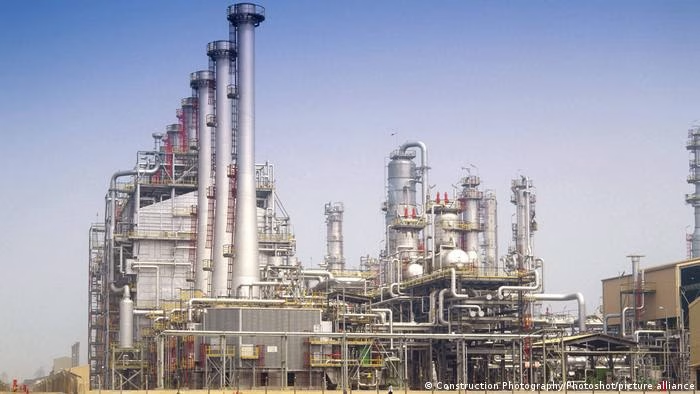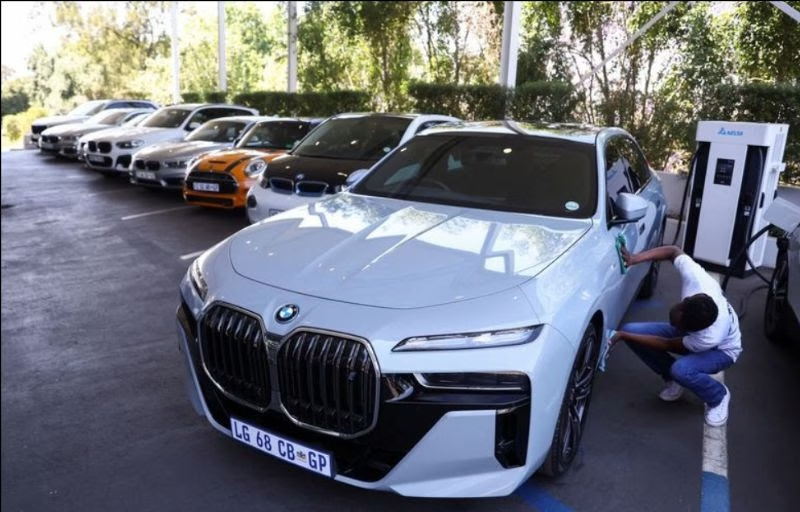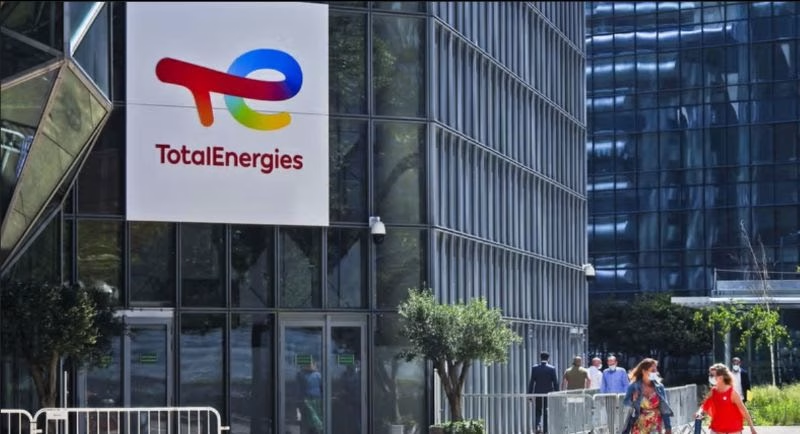What are the investment opportunities in Africa? Over the past decades, Africa has explored great depths for its rise in economic growth and investment opportunities. While Africa offers great returns compared to most emerging market economies, it cannot be observed as a solitary performing body. The continent bears 54 distinct economies that are weighed with challenges and opportunities significant to their economic activities and operating environments; the two most crucial inputs to investment. These economies have continued to support their nations and the world at large with their invested natural produce resources, skills and labour, but what are some of the untapped investment opportunities in Africa?
This report will be looking at 4 key investment opportunities in Africa sectors namely; Agriculture, Power, Infrastructure, and Retail, in the untapped investment opportunities they present in Africa.
Agriculture

Africa has a global comparative advantage in agriculture, being home to more than half the world’s agriculturally suitable and highly unused land, resources and its vast water resources have hardly been tapped. 60% of the world’s uncultivated land is in Africa, while the continent is only responsible for 10% of the world’s agricultural produce. Agriculture as an untapped investment opportunity is set to be a major growth driver over the next few years, surpassing mining and metals. Southeast Asia has become competitive and expensive for doing agribusiness; it’s time for Africa to take advantage of this opportunity.
According to the 2015/2016 RMB report, governments are underinvesting in the agricultural sector, especially in terms of the shift from subsistence farming to agro-processing.
Countries exploring the advantages of agro-processing include Uganda. The majority of Uganda’s agricultural products such as tobacco, fish, and coffee are exported in their raw form. Also exploring the untapped agriculture sector is Ethiopia which is known to have some of the most arable land in the world. Ethiopia spends more than 25% of its budget on agriculture. As the backbone of Ethiopia’s economy, the sector represents around 50% if GDP and over 85% of export revenues and employment opportunities.
The production of sugar has rendered many African countries economic growth. Sudan is currently reported the biggest sugar producer in Africa, being 25th in the world, followed by Ethiopia (27th), Kenya (33rd) Uganda (43rd) and Tanzania (45th).
Economic development is inherently linked to technological innovation. And technology has made a distinct impact on the agricultural sector, particularly the growing subscription and connectivity through mobile phones. These provide real-time market prices of crops, instant weather information, and easy to access micro-insurance and financing, helping small-scale farmers increase their yields and skills.
At the forefront of this innovation is Kenya, in its outstanding pioneering in mobile technology in Africa. An examples of innovation in agriculture is M-Farm, a web platform that provides 14 000 registered farmers the opportunity to buy and sell their crops, seeds, fertilizers and such inputs together. Farmers earn more for their crops and bulk buyers and sellers save in the reduced number of farms visited.
Power

Reliable and affordable energy lies at the forefront of Africa’s pursuits, to elevate economic growth and sustain the needs of an increased urbanised population. Many African nations struggle with high costs, low capacity and constant power outages.
According to RMB 2015/2016 report, Over 55% of Nigerians do not have access to grid electricity, using costly back-up generators. Roughly 80% of the East Africa region is without electricity. As of 2013, after is establishment of the Rural Electrification Authority in 2006, 90% of Kenya’s public facilities have electricity, however household access is at a low.
Almost 90% of Liberia’s population has no access to reliable electricity. However, this represents an opportunity for Liberia’s advancement in hydro-electricity. Liberia has an advantage of six major rivers; Saint John, Saint Paul, Mano, Lofa, Cavalla and Cestos River. The rivers drain over 60% of the country’s water presenting an opportunity for investing in hydro-electricity.
Beyond this, there is need for a diversification in investments of power sources, as the overreliance on hydro energy draws vulnerabilities in their economies and result in hydrological conditions such as the droughts.
Although the level of investment funding required to adequately electrify the continent outweighs the capacity of government initiatives, the economic cost to remain with inadequate structures retards economic growth and its objectives.
The opportunities in Africa’s geothermal explorations are abundant, and estimated at 7 to 15 GW. Though abundant, solar power is untapped and underused accordingly.
Africa’s gaps in convention energy structures provide opportunity for low-carbon solutions, especially since it holds more than half of the world’s renewable energy potential.
Infrastructure

Mauritius, the Seychelles, Namibia, South Africa and Morocco, reportedly boast the best quality of physical infrastructure in the continent. On the other end, Libya, Angola and Guinea are reportedly reflecting poorly in infrastructure. The lacking in infrastructural development is a problem that surpasses geographical boundaries and impacts the continent as whole.
Although Africa’s infrastructure outpaced Asia in power generation capacity and landline telephone density in the 1990s, investment into infrastructure is said to have stagnated over the last 10 years, according to the report.
Egypt has taken on extensive infrastructural reforms, the government’s enactment of key reforms and renewed focus on infrastructure, aligned with the country’s favourable demographic profile appealed to companies involved in real estate, hospitality and construction (RHC).
According to RMB rankings, Egypt ranked 7th with a score of 5.6 in the 2015/2016 rankings of the most attractive investment destination in Africa, particularly when taking regionalisation into account.
The ICA (Infrastructure Consortium for Africa) presented a number of large infrastructural projects across the continent, such as the North-South Power Transmission Corridor project under the energy sector, to establish an 8, 000km line from Egypt through Sudan, South Sudan, Ethiopia, Kenya, Malawi, Mozambique, Zambia, and Zimbabwe to South Africa.
Retail

Retail is a fast growing sector in the continent, experiencing exceedingly impressive growth rates, and contributing to the income distribution expanding Africa.
With every country there are differences in consumer-consumption environments; industry leaders must understand their target countries, in their growth rates, total population, urbanisation growth and their consumer power, in a highly fragmented sector.
When taking into consideration the consumer behaviour favourable to retail investing, Nigeria, Ethiopia, and the DRC have the most favourable consumption spending growth, however mainly stemming from their large population rates.
Urbanisation growth rate predictions by RMB Global Markets 2015/2016, place Burundi first, followed by Uganda, Niger, Burkina Faso, and Malawi.
Studies by auditing firms KPMG and Deloitte highlight countries known for strong retail markets in Africa, and their main characteristics to consider when investing in the retail market:
- Algeria; due to the country’s high wealth per person, high urbanisation growth rate and the concentrated wealth in urban regions.
- Ghana; due to the accommodating business environment, and popularity of shopping centres.
- Kenya; due to the country’s strong population growth, growth in middle class, educator labour force, and the dynamic private sector.
- Morocco; due to country’s rise in urbanisation, the favourable age structure and the growing middle class.
- Nigeria; due to the large market size of the country, urbanisation, the growth rate, the privatisation of the power sector and the youthful population.











New Satirical Drama Nya Uriri (Pek Chi Liel) – The Widow’s Burden Sparks Conversations On Widowhood And Inheritance In African Culture